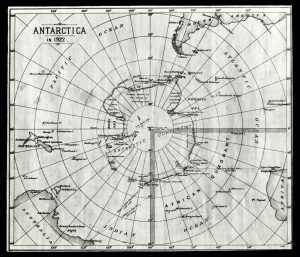Identifying the gap
Research involves highlighting the questions that remain unanswered in your area of research. This is often referred to as ‘identifying the gap’ in the literature and tells the reader what areas need further investigation in your research area. Identifying ‘the gap’ in your research is fundamental to finding your position in an ongoing conversation by deciding how much you accept, question, or reject the claims that your sources make.
When you start to write about that research, you need to figure out how to signal that position, as you quote, summarize, or paraphrase from your sources.
Example
Read the following text and note the way the researcher identifies the gap in the research as a way of positioning themselves in the research field.

This research project sets out to discover if an experience of Antarctica, specifically mine, could be interpreted through the creation of souvenirs and jewellery. Although Antarctica is considered to be a very remote place it has a long and significant history of science and exploration and most recently has become the destination for tourism [a]. However, unlike most tourist destinations Antarctica has not been memorialised through jewellery and souvenirs in the way of historic tourist locations in the world [b]. Throughout Antarctica’s history explorers have painted images and more recently documented it through photography [c]. Whalers and fishermen have made their own representations of this isolated and uninhabited continent, however, none of these matches the proliferation of souvenirs that have been produced to provide memories and reminders of Europe for example during the times of the Grand Tour or the commonly available souvenirs of popular resorts, sites and locations today [d].
Excerpt from Kirsten Haydon’s dissertation Antarctic landscapes in the souvenir and jewellery (used with permission)
Check your understanding

